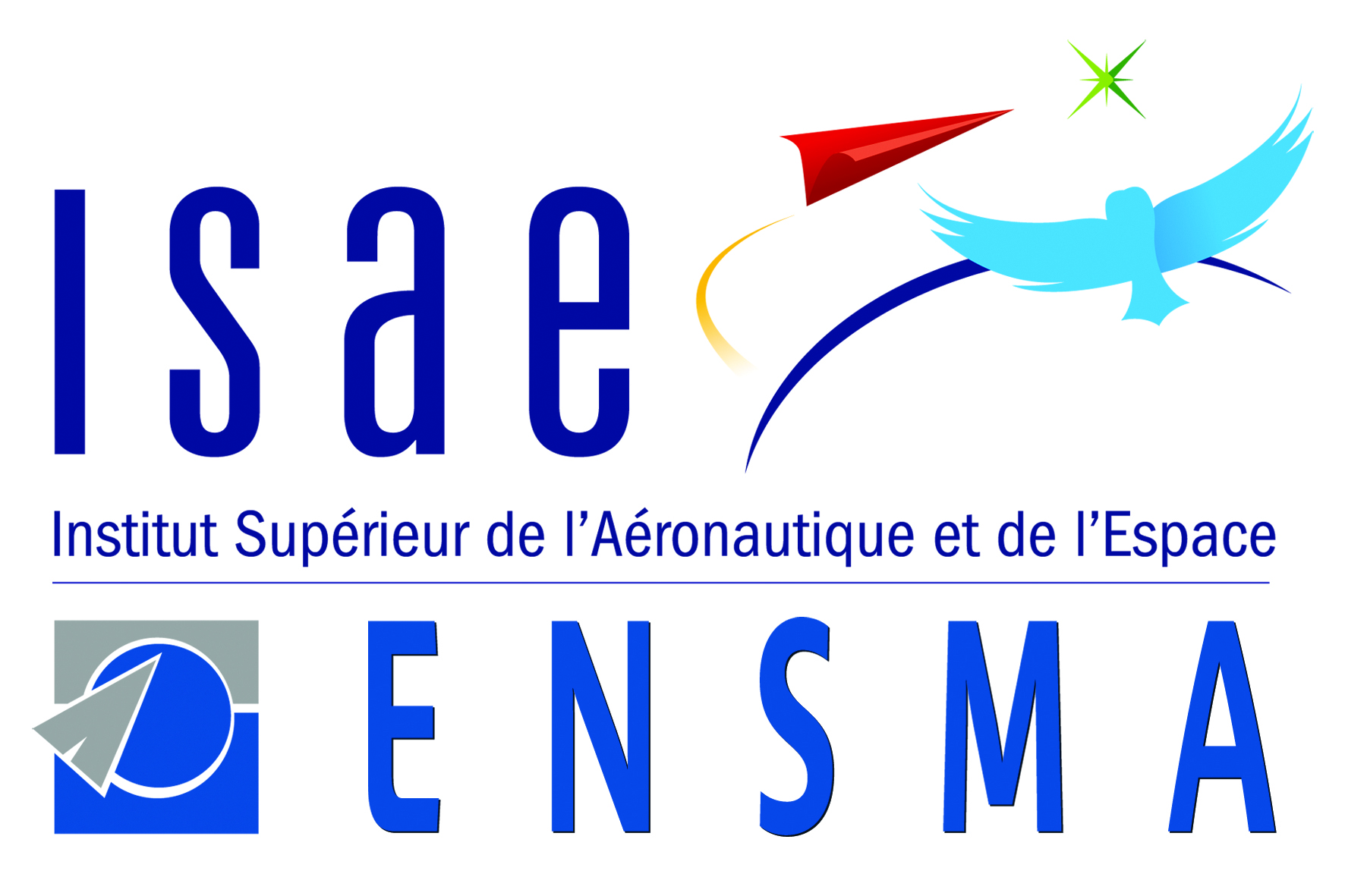Parametric study of empirical constants used in soot formation models based on interpolative closure methods of moments
Résumé
One of the most widely used approaches for modeling soot formation in laminar and turbulent flames is the one based on the method of moments (MOM). In particular, the method of moments with interpolative closure (MOMIC) is one of the most employed soot models nowadays. MOMIC describes the soot particle distribution function through its first moments, being the moment zero related to the soot number density and the moment one related to the soot volume fraction. Since MOMIC was originally developed for specific fuels or flame configurations only, it is necessary to adjust some of its empirical model constants when using it in different contexts. Accordingly, this work studies parametrically two empirical constants used in MOMIC soot models. That is, the sticking coefficient used in the soot nucleation stage, and the steric factor employed in the soot surface growth and oxidation stages. The MOMIC soot model accounted for in this work is implemented using ANSYS-Fluent user-defined functions (UDF). The flame configuration accounted for here for comparison and validation purposes is an ethylene laminar diffusion flame experimentally characterized in the past. The KM2 (KAUST Mech 2) chemical kinetic mechanism featuring 202 chemical species and 1351 reactions is used for describing the gas phase chemistry. Radiation effects are accounted for using the discrete ordinates method (DOM) and computing the associated absorption coefficient from a WSGG model. The main results obtained here indicate that fine-tuning the two MOMIC parameters analyzed here it is possible to describe reasonably well soot formation processes in laminar diffusion flames. Besides, it is found that the sticking coefficient has a direct effect on the amount of soot produced, whereas the steric factor influences not only the amount of soot produced, but also the location of the soot volume fraction peak values.
| Origine | Fichiers produits par l'(les) auteur(s) |
|---|


